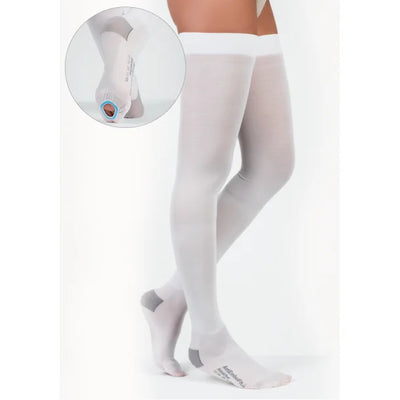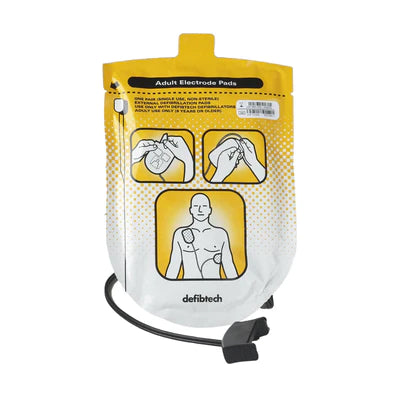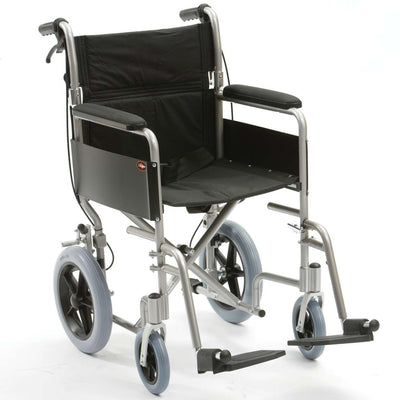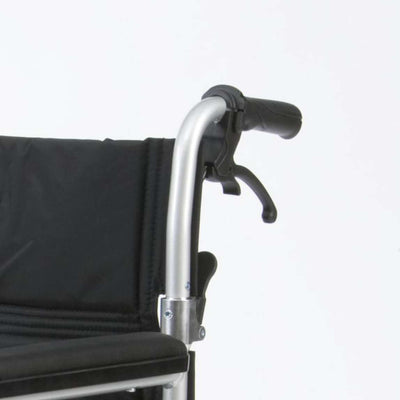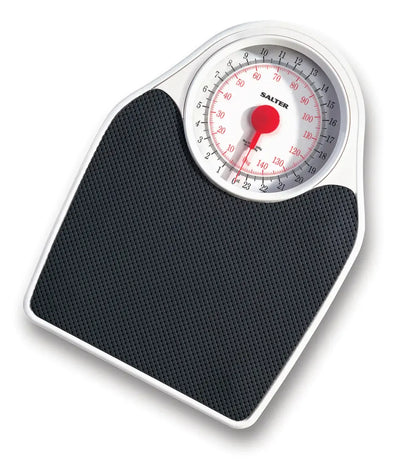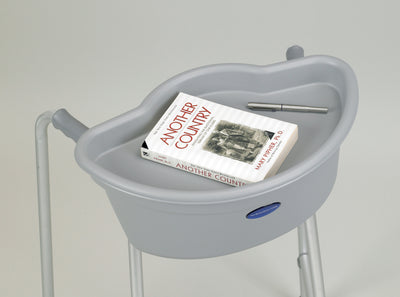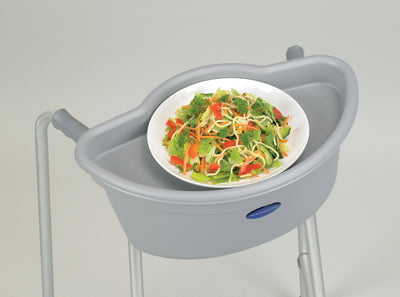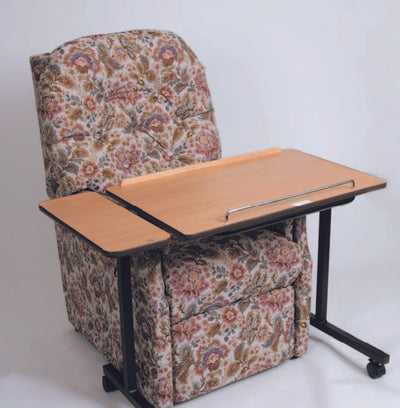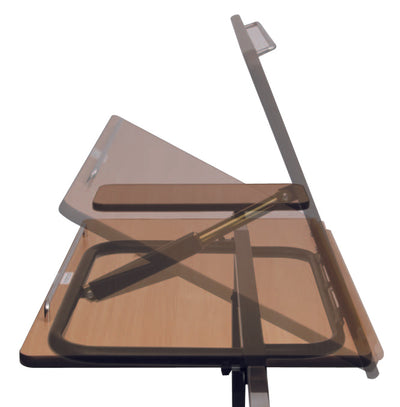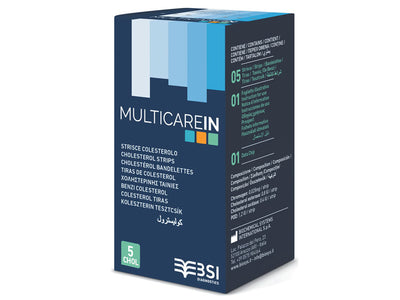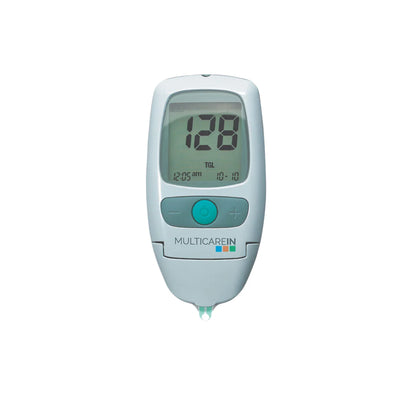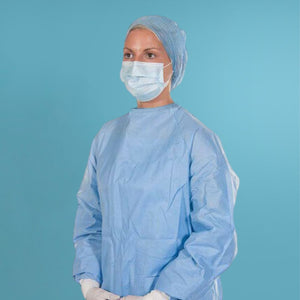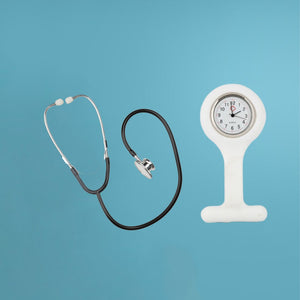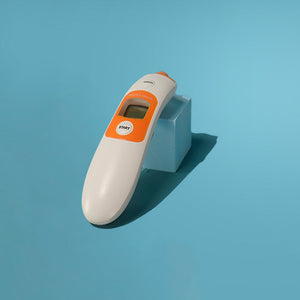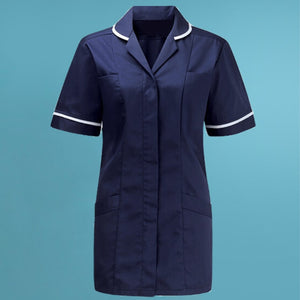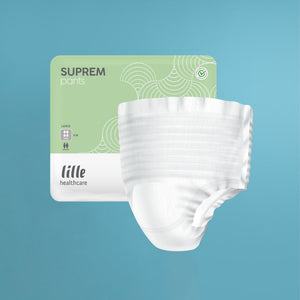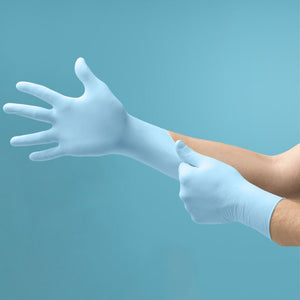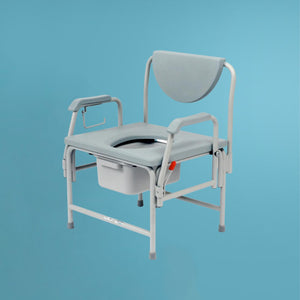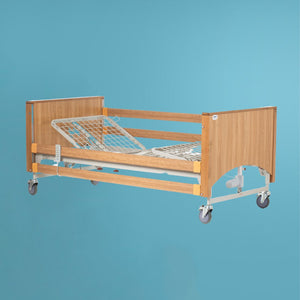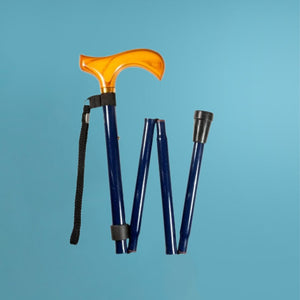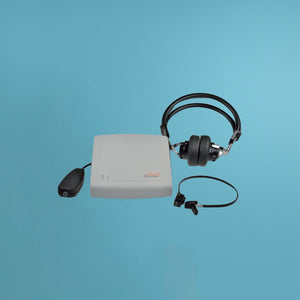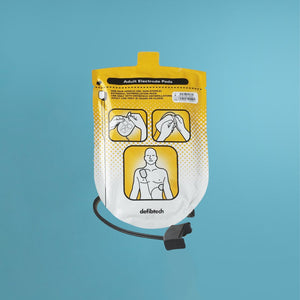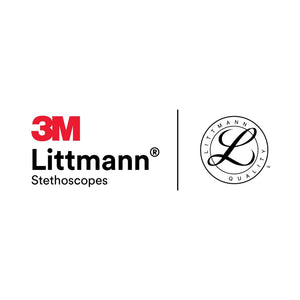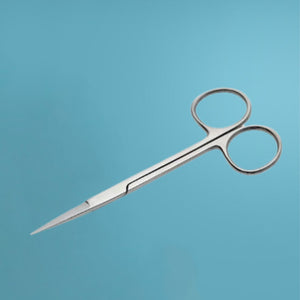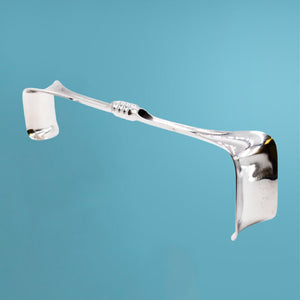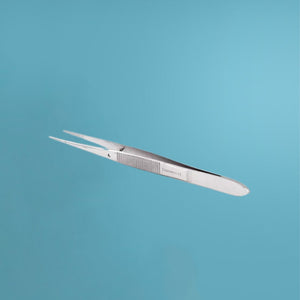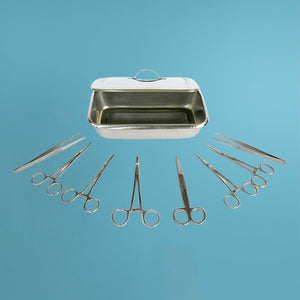Swelling or inflammation in the feet and ankles is pretty normal, especially if you’ve been standing for a long period of time or you’re pregnant or feeling very hot. More often than not the body is more than capable of flushing the system and reducing the swelling quickly and on its own.
However, in some people, swollen feet and ankles can last for longer periods of time, becoming uncomfortable and even painful. When this happens it can become difficult to move or walk.
So when is it time to seek medical help for swollen feet and ankles, and how can you manage the symptoms at home by yourself?
What causes the swelling?
Sudden swelling or inflammation in the ankles (or feet and legs) is usually referred to as Oedema. It’s what happens when your body retains excess fluid in your lower legs, ankles and feet and most often will affect both sides of your body at the same time.
It can become uncomfortable and can sometimes prevent you from moving freely.
The usual causes are:
- Standing or sitting in the same position for too long
- Eating too much salty food
- Being overweight
- Being pregnant
- Taking certain medicines (such as some blood pressure medicines, contraceptive pills, antidepressants or steroids)
But other, more serious factors, can cause sudden inflammation in the ankles, feet and knees, and should always be checked out by your GP:
- An injury (e.g. strain or sprain)
- An insect bite or sting
- Problems with your kidneys, liver or heart
- A blood clot or an infection
What you can do to ease ankle swelling
It’s useful to help to get the fluids moving and to increase the circulation in the body to allow the area to drain. There are a few ways you can help the body to kickstart its drainage system and help to reduce the swelling.
Elevate your Legs
Lie down with your feet on a good, supportive foot pillow or a leg raise cushion. For swollen knees you could try one of these knee pillows.
Keep Moving
Encourage drainage with some gentle movement like yoga, walking or cycling. When the circulatory system is flowing, there is less chance of developing pools of fluid around the ankles and feet, for example.
If getting outside is difficult for you, or you spend a lot of time sitting down, you could try using an at home pedal exerciser or do some ankle movements with exercise bands for a bit of extra resistance.
Massage
With more serious swelling, a physiotherapist might be assigned to give you some lymphatic drainage. But if your symptoms are less serious you can try to give yourself a gentle massage in and around the affected area using a lotion or massage cream to ease the movement across the skin.
Check your Footwear
A surprising amount of swollen ankles and feet come from wearing inappropriate or ill-fitting shoes. Wear comfortable shoes without heels that don't pinch or go above the ankle and if you can, have a specialist shoe fitter check if your shoes are supporting your feet well. When you’re in the house, wear a pair of wide-fitting, supportive slippers.
Hydration and Nutrition
Often swelling happens as a result of lifestyle or dietary habits.
Water retention and the swelling that comes with it can be a sign of magnesium deficiency. Adding magnesium-rich foods to your diet, like nuts, legumes, spinach and dark chocolate, can help.
Although it may sound contradictory, drinking more water will reduce the amount of fluid retention in the body. When you’re dehydrated your body will detect that it needs to hold onto the limited fluid it has, which will result in pools of fluid appearing in areas around the legs and joints. Staying hydrated helps to keep the body flushed and clear of excess sodium and waste around your system.
When to Seek Help
If the symptoms don't improve after a few days or if the swelling gets worse or occurs in only one side of the body, the NHS recommendation is to consult your GP.
Need more help?
For all your Medical and Homecare supplies give us a call at Mediworld.
We have over 40 years experience in medical, surgical and home health supplies and we're always on hand to chat if you need support or advice.
April 2023

